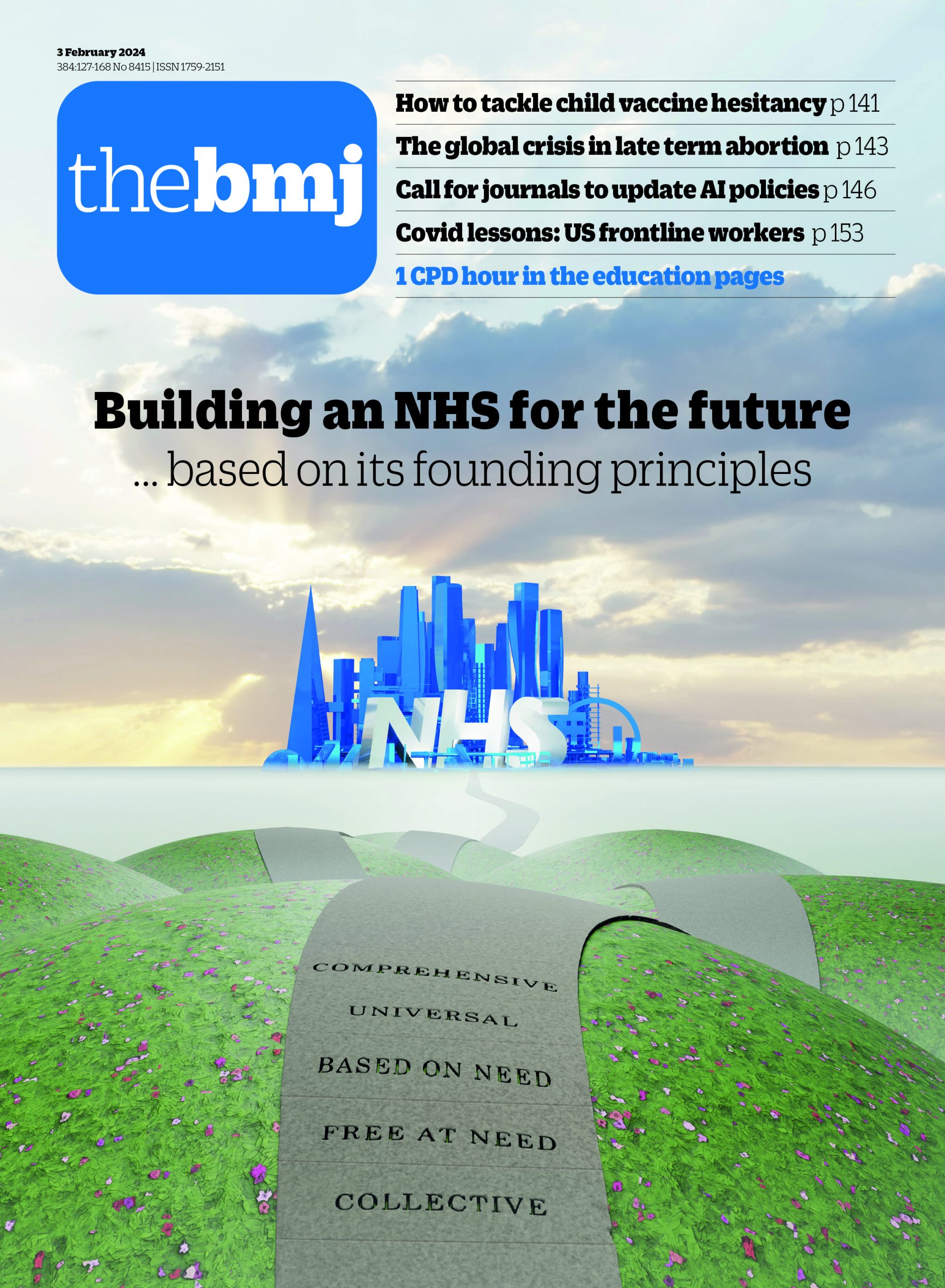
- Tibyan Noorallah, sixth year medical student,
- Ammar Elgadi, sixth year medical student,
- Fatima Altayeb, sixth year medical student
- Faculty of Medicine, University of Khartoum, Sudan
Sudan, a country burdened by conflicts, faced a political turning point in 2018, starting with peaceful protests against the exorbitant cost of living that ended with the removal of President Omar al-Bashir in a military coup. Unfortunately, in April 2023, an armed conflict commenced between the Sudanese military and the Rapid Support Force in Khartoum State, leading to 2.6 million people being internally displaced and 730 000 being forced to seek refuge elsewhere.1 The current political picture, coupled with the preexisting high rates of poverty and illiteracy, adds more burden to an already fragile healthcare system struggling with the lack of resources and above average disease prevalence of malaria (8.5%), pneumonia (4.7%), and diarrhoea and gastroenteritis (3.3%).23
The climate change crisis exacerbates challenges. Darfur serves as a stark example. Expanding deserts, scarce rain, and diminished water resources intensified the competition between farmers and pastoralists, ultimately making it the first war to be directly attributed to climate change.145 The lack of food and water deepened an already catastrophic and tangled situation creating a vicious cycle of conflict and hardship that resulted in one of the world’s worst child malnutrition crises.5
In the past three decades, efforts by the government, Unicef, and volunteer organisations to curb the malnutrition rates in Sudan have not been successful.6 In 2011, however, establishment of the Samil factory brought more hope for malnourished people in Sudan, as it was producing 60% of the ready-to-use therapeutic food (RUTF), with the rest being provided by Unicef.7 Sadly, in May 2023, the factory was destroyed in the ongoing armed conflicts, resulting in a huge cut in the RUTF supply.7
Wars are well known to have a detrimental effect on the nutritional status of countries; children living in conflict zones are twice as likely to be malnourished as those in stable areas.8 The negative effects of war were clear in Sudan long before the current conflicts—in the conflict affected area of Darfur, for example, the rate of children’s malnutrition was 16% (exceeding the United Nations High Commissioner for Refugees’ emergency threshold of 15%), and in Khartoum, it was estimated to be 12.8% before the recent conflicts.910
Child malnutrition should be fixed immediately as it is a major contributor to the intergenerational cycle of poverty; malnourished children are susceptible to health problems, stunted physical and mental growth, and have lower rates of education and employment.11 In tackling child malnutrition and the broader nutritional and health crisis, we must learn from successful programmes in war zones, especially those focusing on maternal and child health, like the provision of cash transfers to pay for food in Yemen and mobile clinics to reach remote communities in Syria and Somalia.1213
Above all, it is critical to comprehend how conflict affects the lived experience of hunger and the health outcomes that follow. This knowledge is crucial to ensuring the effectiveness of any efforts made to reduce malnutrition.14 Furthermore, the flexibility of nutrition programmes to adjust to fluctuating needs and changing security dynamics and to have multiple alternative methods of service provision is essential in adapting to ongoing unsafe conditions and violence. Taking advantage of periods of truce by engaging in negotiations with opposing sides with the aid of United Nations organisations to establish humanitarian corridors and safe access for supplies and relief personnel can greatly improve the population’s health during crises.
Implementing emergency nutrition programmes is the most effective immediate solution to mitigate malnutrition. These programmes should focus on regular food delivery, screening, and surveillance of undernourished children, together with feeding initiatives for underprivileged members of the community. Such initiatives should be implemented in refugee camps, rural communities hosting refugees, and urban areas where affected children are found.
It is also vital to monitor maternal health and breastfeeding practices in terms of frequency, position, and duration to ensure that newborns receive adequate milk. Additionally, the establishment of a health information system, similar to the one introduced by the United Nations High Commissioner for Refugees, can help monitor and assess the effectiveness of these nutrition programmes by collecting standardised routine data on nutrition indicators.15 Then these data can be used in further planning to improve the programme and hence the nutritional status and health of children.
Although these measures could substantially reduce mortality and provide treatment, they will not eradicate malnutrition in the country. This requires nutritional security, and tackling the underlying causes of poverty and inequality are crucial. Healthcare is vital to tackling poverty and inequality in Sudan, as poor health is both a cause and a consequence of poverty. There aren’t enough resources like hospitals and medical supplies to help everyone who needs them. A multisectoral strategy is needed to tackle socioeconomic determinants of health such as poverty, lack of education, and unfavourable living situations. Investing in the healthcare system, dealing with socioeconomic determinants of health, and establishing institutions that are specifically dedicated to women and that reflect Sudanese culture are necessary to improve access to healthcare services. This requires long term development strategies and international support. There is a clear need for increased investment in agricultural public goods, digital solutions, and innovative finance mechanisms.16 Sustainable agriculture practices, such as soil conservation and technology adoption, are crucial for building resilience.17 Climate smart agriculture that integrates climate change adaptation and mitigation is also essential for ensuring food security and promoting inclusive business growth.
Footnotes
-
Competing interests: All authors declare no conflict of interest.
-
Provenance: not commissioned, not externally peer reviewed.
